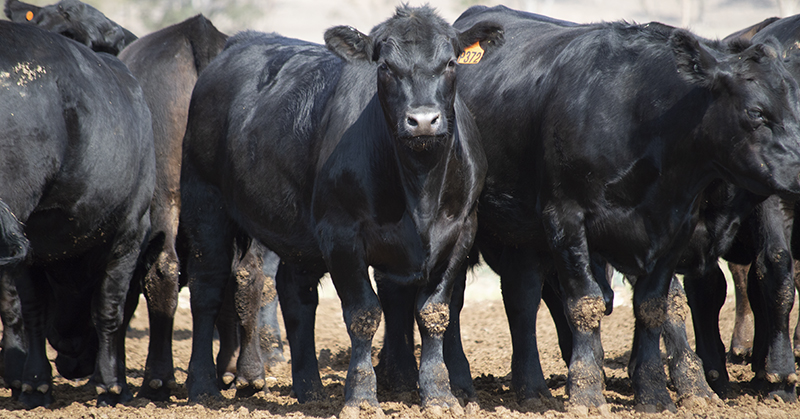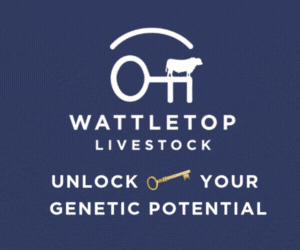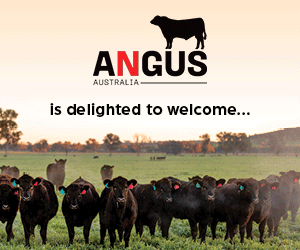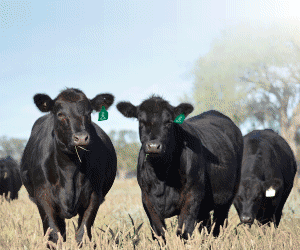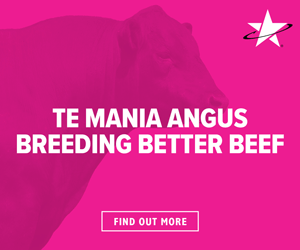The value that genomics delivers is dependent on having a relevant and well recorded reference population, particularly for hard to measure traits. A reference population is a population of animals with both phenotypes and genotypes recorded which allows us to establish breeding values on related animals for a range of traits through genetic SNPs.
Previously, determining an animal’s performance was based on their performance and that of their pedigree and progeny. Now, through the use of genomic information, the genetic evaluation of an animal’s performance can now leverage the performance of previously unknown individuals that share a genetic relationship and are not necessarily related through pedigree.
The accuracy of estimating a breeding value is reliant on the size of the population that contributes performance information, forming the reference population. The less heritable a trait is, the larger the reference population is required to be to achieve higher accuracy – while highly heritable traits require smaller reference populations to achieve the same accuracy. For example, many of the production traits commonly selected on have a moderate heritability of 0.3 and require a reference population of five thousand to ten thousand animals to achieve around 50% accuracy.
To ensure that the reference population is relevant, the individuals in the reference population need to have close genetic relationships with the animal being genetically evaluated. In order to address the influence environmental factors have on the phenotype that is expressed, the reference population is most effective when run in a relevant production system.
The Australian Angus reference population comes from two sources – from Angus Australia members and from the specialised Angus Sire Benchmarking Program – and contains in excess of ten thousand animals. On a trait-by-trait basis, the easily measured traits have a considerably greater population and have allowed for estimated breeding values to be predicted with some accuracy. Meanwhile, hard to measure traits such as maternal, carcase and novel traits have a significantly smaller reference population and rely on data from the Angus Sire Benchmarking Program.
For further information about reference populations and the Angus Sire Benchmarking Program, please click the links below;

